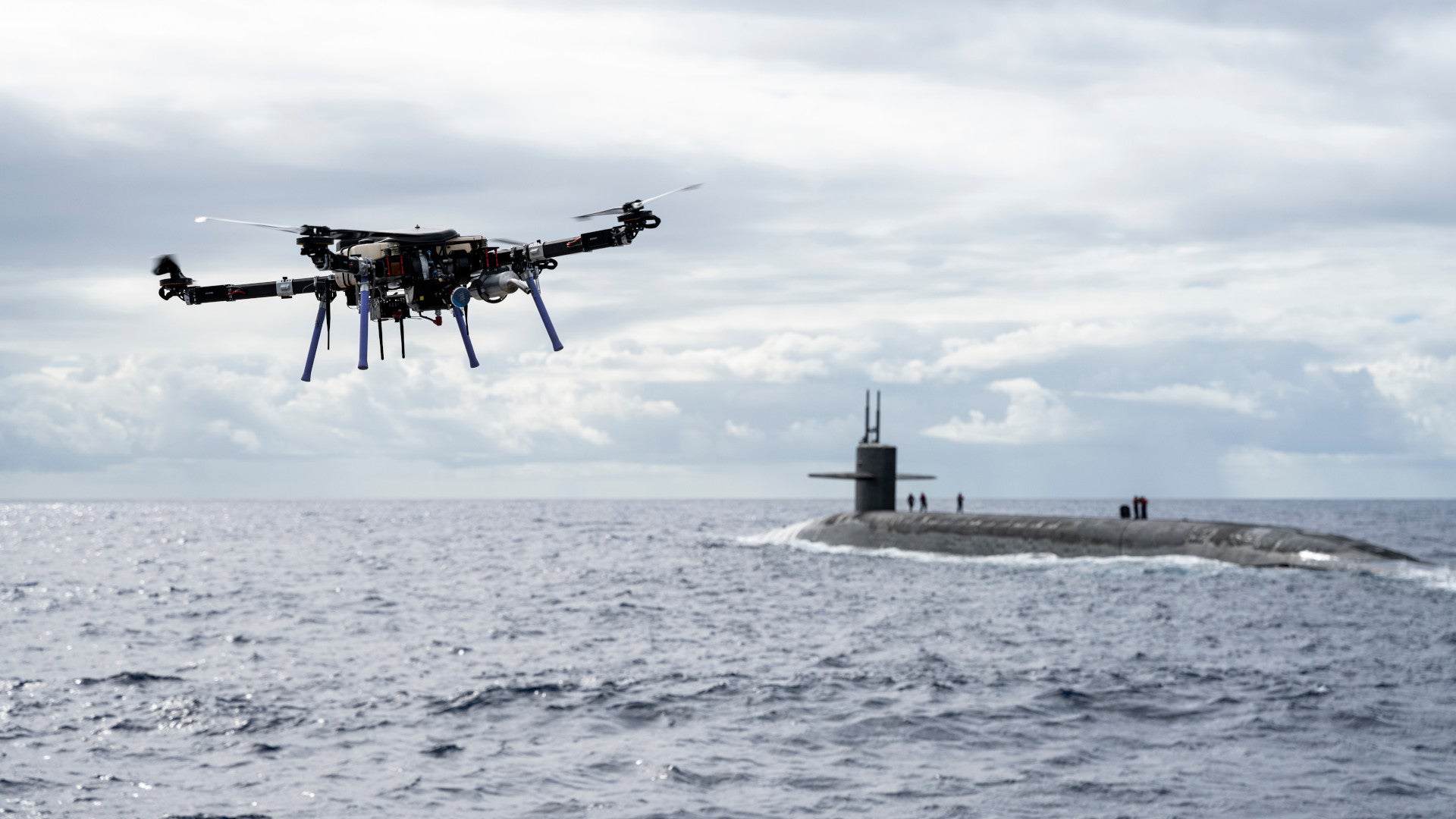Earlier this week, a quad-copter-type drone delivered a small payload to the U.S. Navy’s Ohio class ballistic missile submarine USS Henry M. Jackson as it sailed on the surface of the Pacific Ocean near Hawaii. The service said that this was a test to explore novel concepts for resupplying Ohio class submarines while they’re out on their nuclear deterrent patrols, but it certainly also brings up thoughts about how some aspects of at-sea replenishment, in general, may look in the future.
The replenishment by drone took place on Oct. 19, 2020, according to the Navy. It’s not clear how long the USS Henry M. Jackson has been operating in the Pacific or whether or not it is on a deterrent patrol at present. As of Sept. 1, the boat was in its homeport in Washington State after completing its 100th deterrent patrol the previous month.
“Underway replenishment sustains the fleet anywhere/anytime,” a caption for one of the pictures that the Navy released of the event read. “This event was designed to test and evaluate the tactics, techniques, and procedures of U.S. Strategic Command’s expeditionary logistics and enhance the overall readiness of our strategic forces.”

The Navy offered no details about the payload, which the drone was carrying slung underneath it, and it is not clearly visible in any of the pictures or the video clip from the event. Some of the pictures do show that personnel launched the drone from a small boat of an unknown type sailing relatively close to the submarine.
Whatever the package was, it wasn’t very big. Without knowing the exact capabilities of the drone, it’s hard to say how useful this particular combination might be in an actual operational scenario.
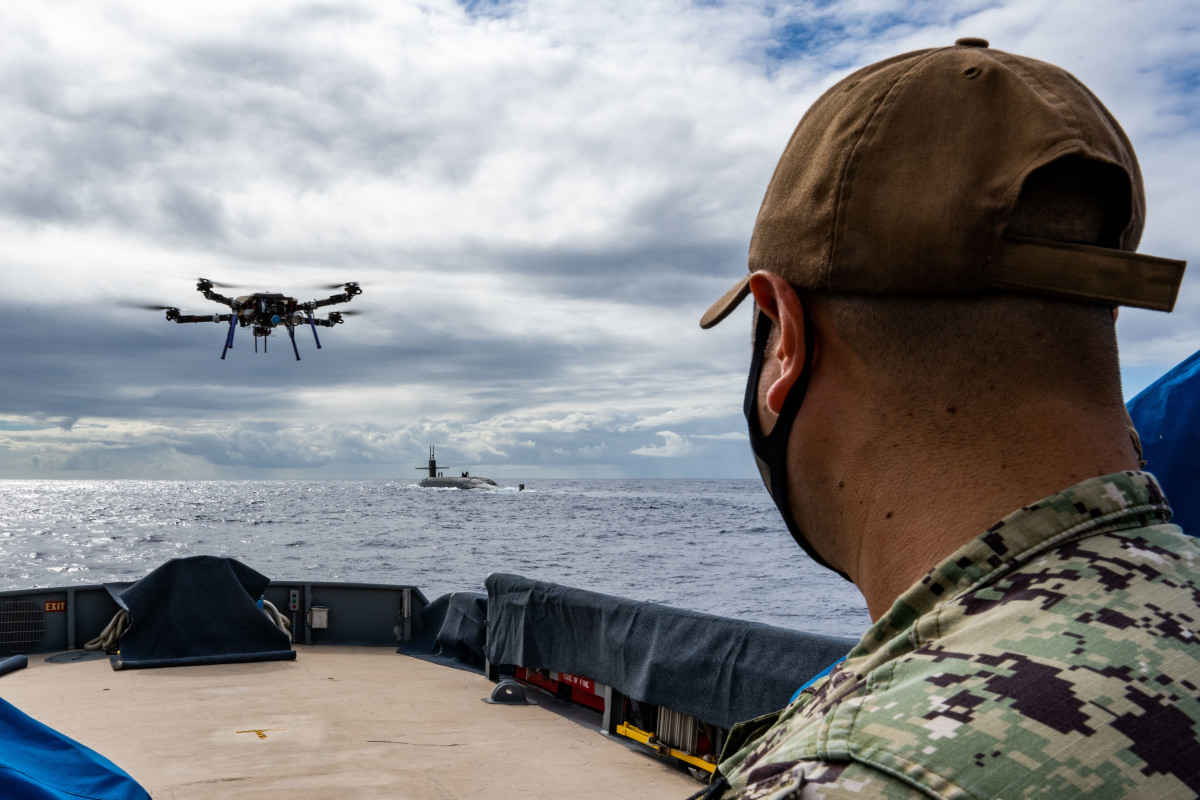
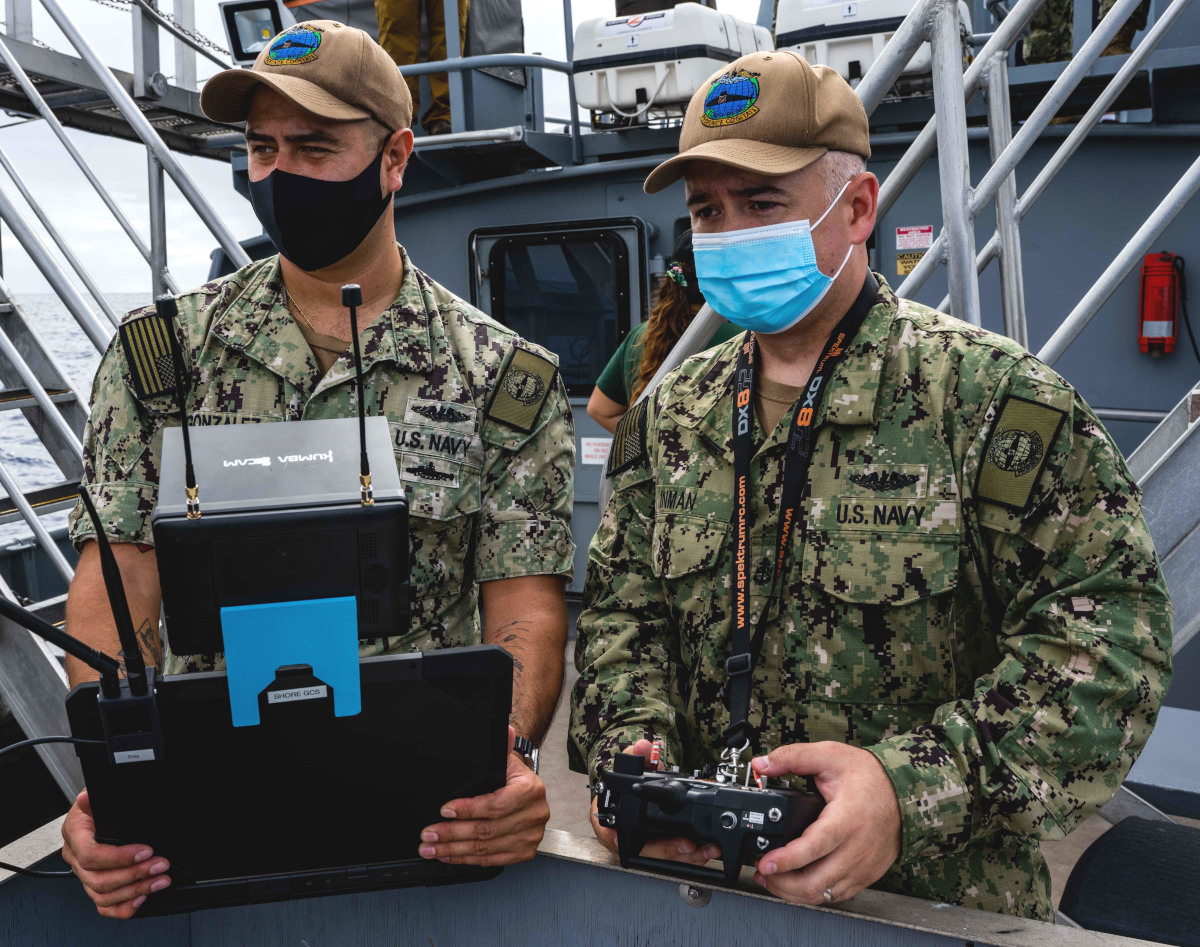
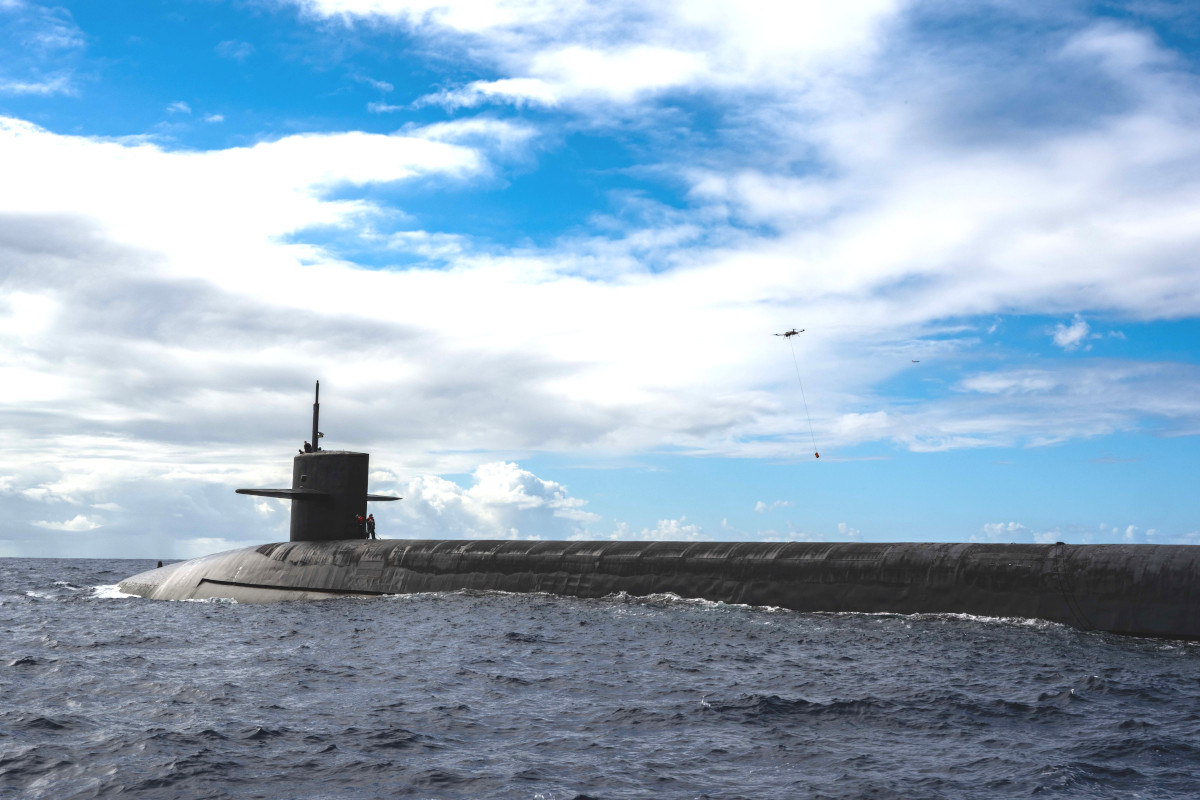
However, the core concept seems sound and could have potential, even for just moving small, but critical items, such as medicine, emergency rations, or similarly sized cargoes. A small drone might also carry orders and other important messages, as well as intelligence information and other data on physical media.
Last year, the Navy conducted a separate experiment in which a helicopter brought a physical message from one surface ship to another, demonstrating how it might be possible to communicate while maintaining radio silence to avoid detection or in the event of heavy enemy jamming. All of this could be especially relevant for Ohio class ballistic missile submarines, which sail underwater for months at a time during deterrent patrols to avoid detection and help ensure that they can carry out their apocalyptic mission if called upon. They also need to have secure, reliable communications options available at all times to be able to receive vital information, including Emergency Action Messages that might order a nuclear strike, which you read more about in this past War Zone piece.
Using vertical take-off and landing capable drones with greater range capabilities and payload capacities would certainly help expand the utility of this concept, as well. All of this could apply to conducting at-sea replenishment of surface vessels or simply shuttling cargoes between one ship and another or forces ashore, too.
Of course, this concept isn’t perfect, especially when it comes to submarines, which are particularly vulnerable when running on the surface. If the vessel launching the resupply drone has to be situated relatively close by it could further increase the risk of detection. One solution to this problem might drones that can land on the water and then sink below, where a submarine might be able to recover them. Various such concepts already exist and the secretive and highly specialized guided-missile subvariants of the Ohio class, which you can read about in more detail in this past War Zone feature, have demonstrated their ability to launch and recover various kinds of unmanned aerial platforms while submerged.
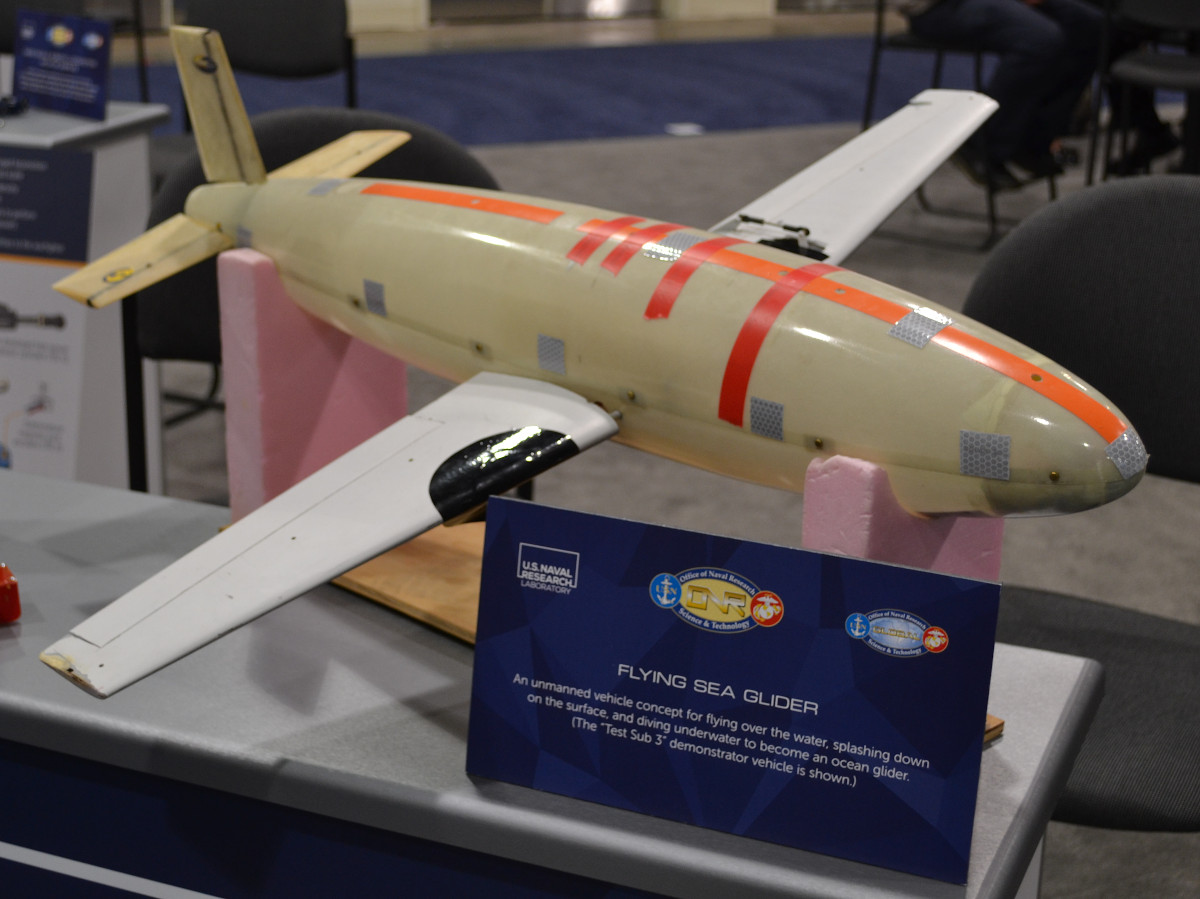
In addition, if enemy jamming were to be so severe that there would be a desire for alternative communication links, one would have to imagine the control links between the drone and its operator would also be at risk. An unmanned platform capable of operating autonomously to a high degree might help this issue.
Drones of any size won’t be the only option the Navy will have in the future for resupplying submarines and other ships at sea, either. In fact, the day after the quadcopter brought its small cargo to the Henry M. Jackson, an MH-60R Seahawk helicopter from Helicopter Maritime Strike Squadron 37 (HSM-37) brought a load of supplies slung underneath it out to the submarine as another part of this logistical demonstration.
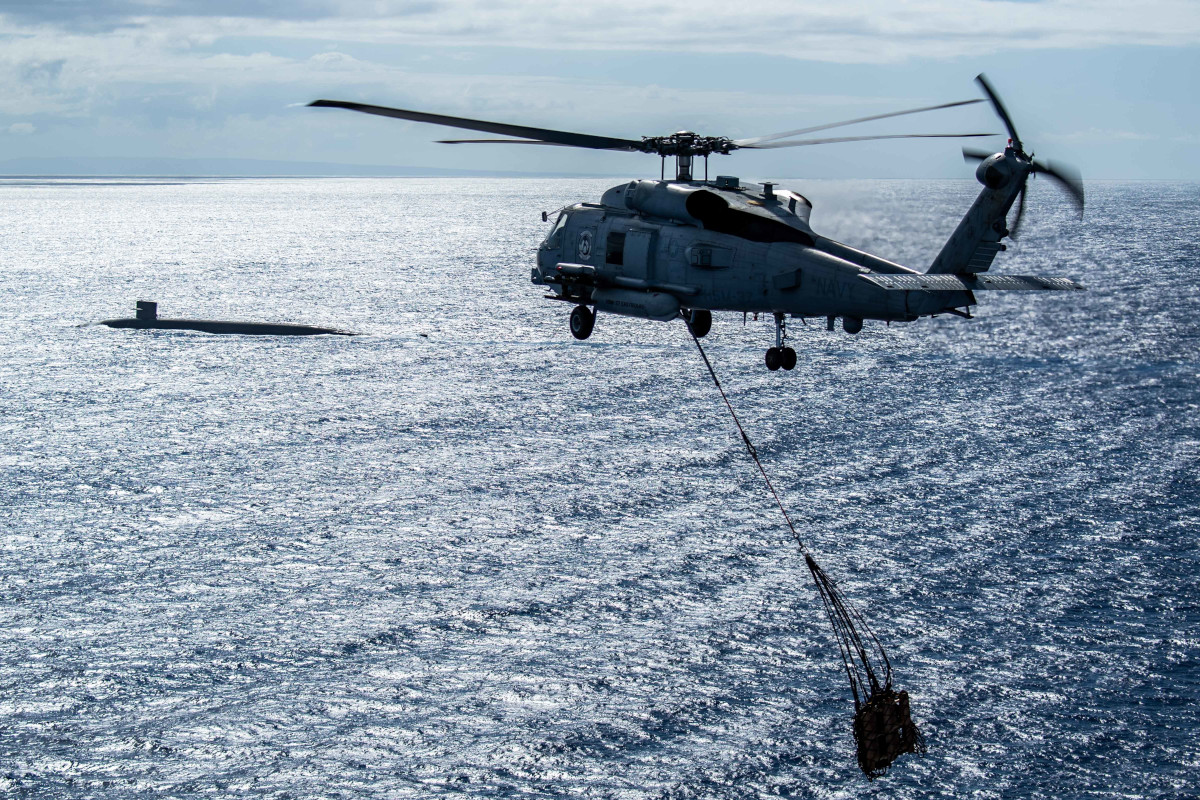
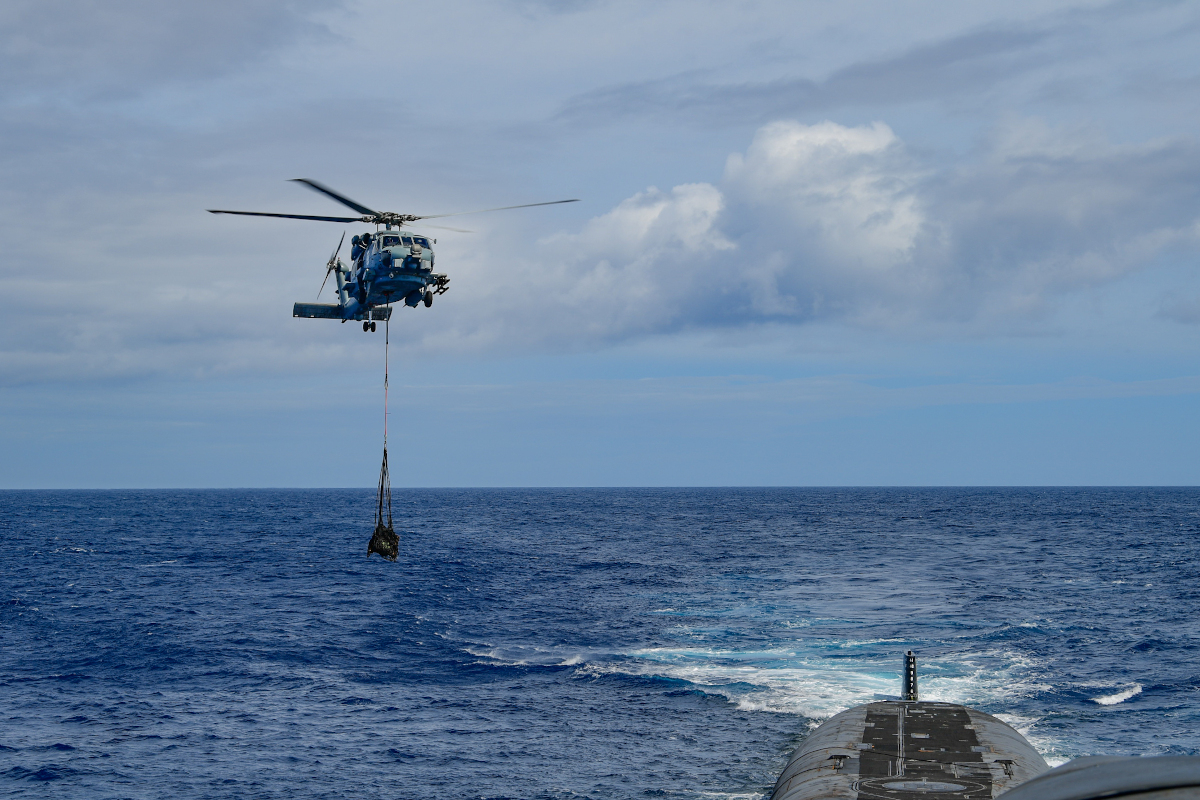
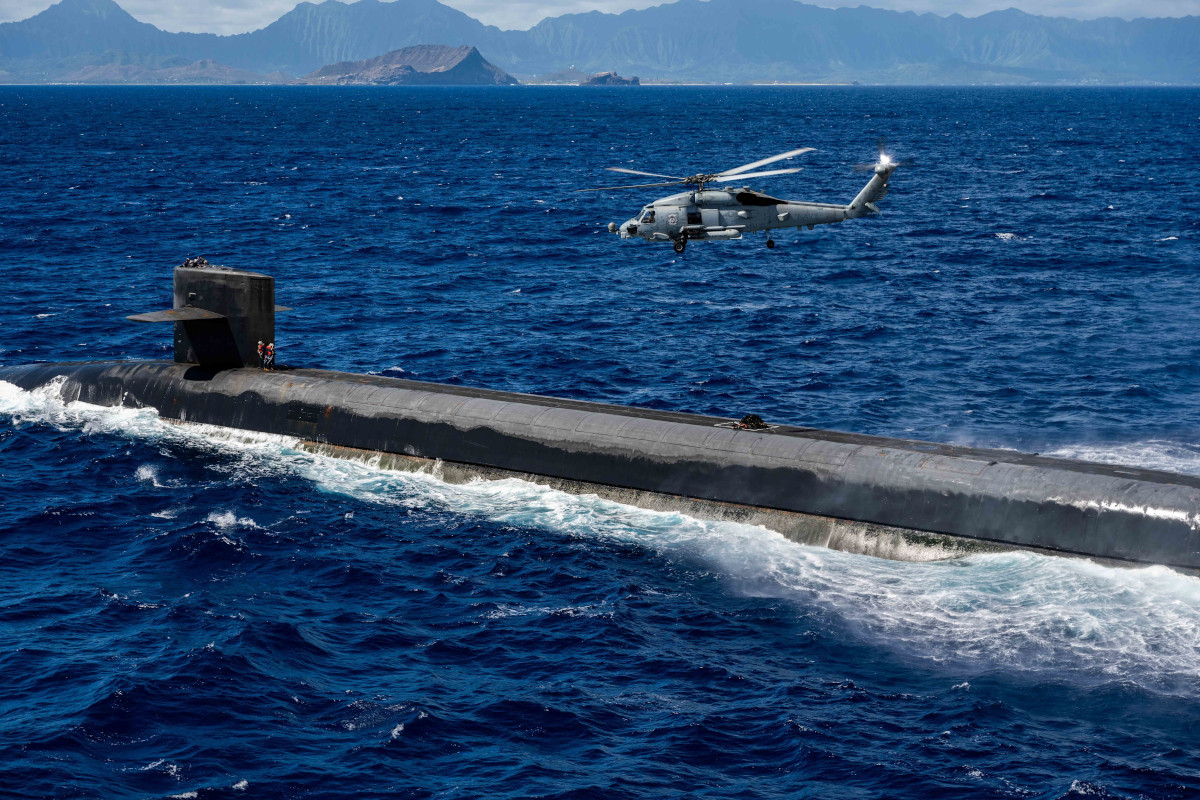
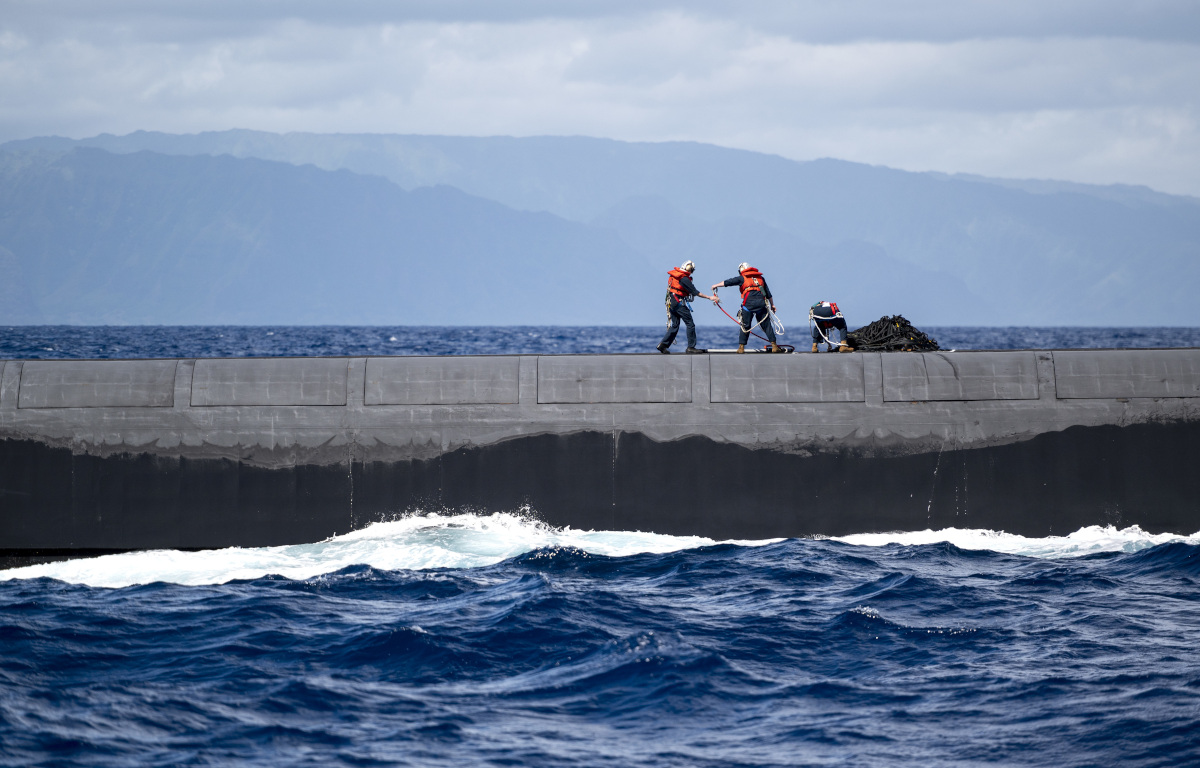
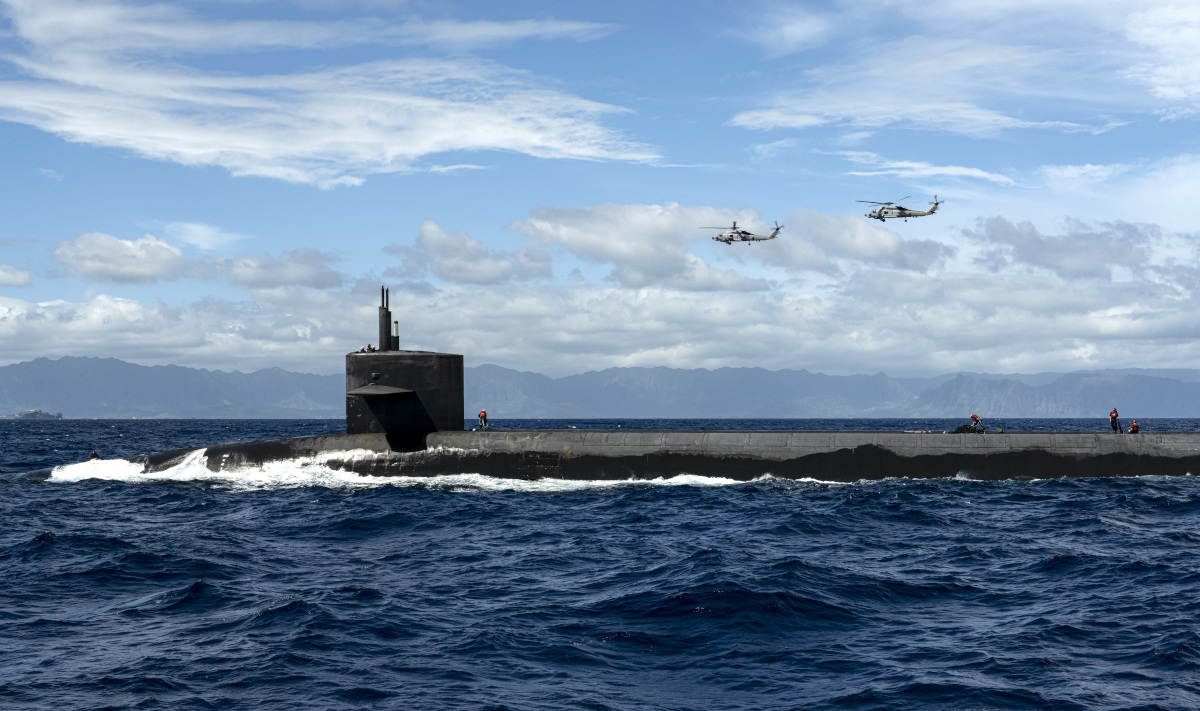
No matter what, new at-sea replenishment options, and more overall capacity to conduct those operations, is only set to be increasingly important to the Navy, in general, especially as it looks to increase operations in the broad expanses of the Pacific and the remote Arctic region. Those demands will only increase if the service proceeds at all toward its new goal of a fleet with some 500 ships and submarines, or more, in total. Unmanned aircraft, as well as surface and undersea unmanned platforms, could help provide some of that necessary extra logistical capacity with a minimum of additional required manpower, too.
All told, this recent visit by a cargo-carrying quadcopter to the Henry M. Jackson appears to have been very much a limited experiment. At the same time, it underscores how the Navy’s at-sea replenishment concepts of operation are likely to evolve in the near future.
Contact the author: joe@thedrive.com
